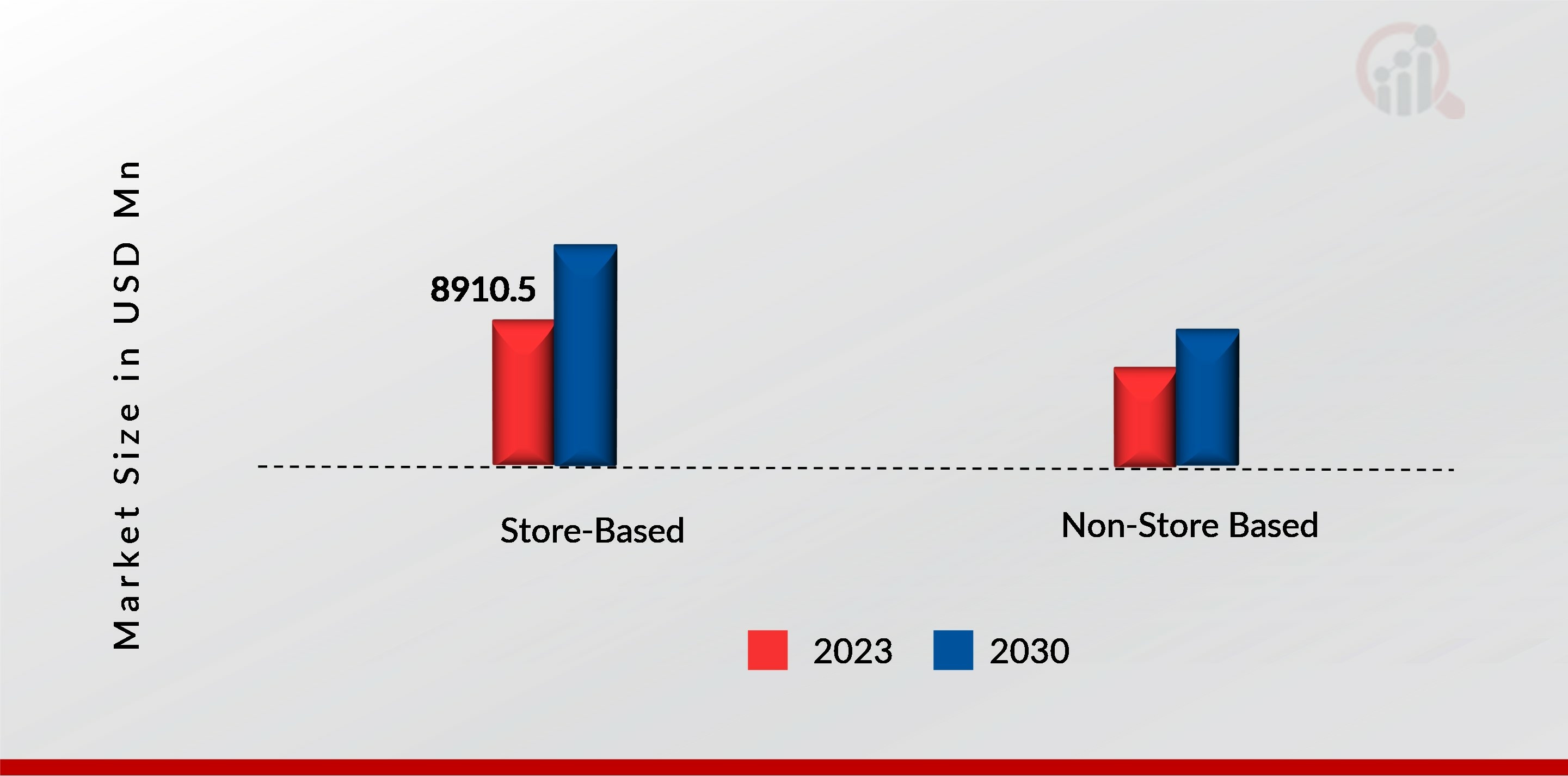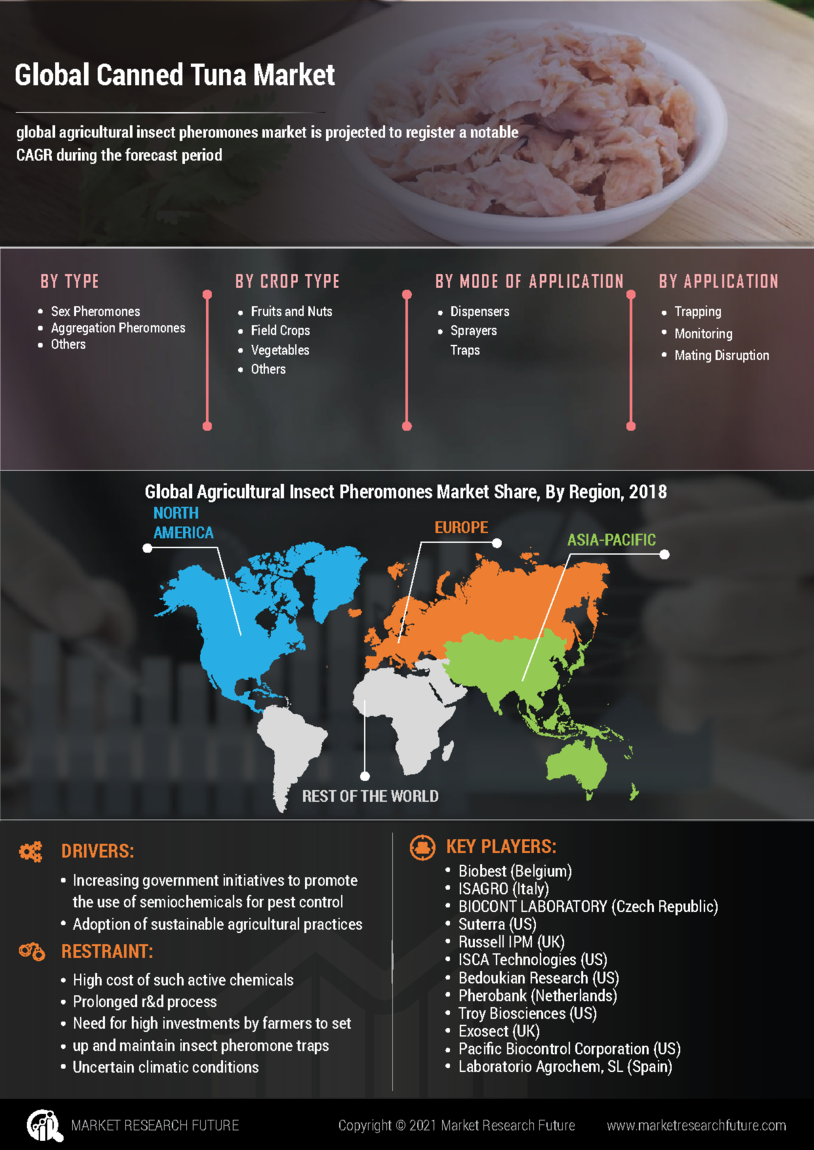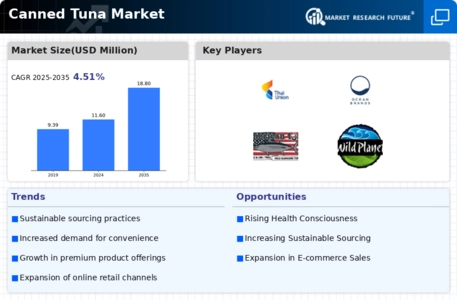By Region, the study segments the market into North America, Europe, Asia Pacific, and Rest of the world. Europe canned tuna market accounts for the largest market share 38% in 2021 and is expected to exhibit a CAGR of 4.36%. Europe is expected to hold the second-largest canned tuna market share in the market. This is due to the growing demand from the millennial population. The rise in the working women population and busy lifestyle has led to less investment of time for cooking.
This has led to their reliance on various ready-to-eat/cook food products as it saves time and fulfills all the nutritional requirements. The consumers in the U.S. have a Japanese and Indian influence. The leading tuna-consuming markets in the region are Spain, Italy, France, and Portugal. According to a study by the European Market Observatory for Fisheries and Aquaculture Products (EUMOFA) tuna is the most consumed fish in the region. The per capita consumption of tuna in the year 2018 was 2.78 kg, most of which accounted for an 11% share of all the fishery and aquaculture products.
Figure 3: Canned Tuna Market, by region, 2023 & 2030 (USD Million)

Source: Secondary Research, Primary Research, Market Research Future Database and Analyst Review
The North American region includes the United States, Canada and Mexico. Among the most common consumed food in the United States, an average person eats almost 14 pounds of canned tuna in a year, more specifically, canned light tuna. The chunky light meat of tuna in water most frequently eaten and popular among the US consumers, which contributes to almost 75-80% per year of the US canned tuna consumption. According to research, one in four US consumers eat canned tuna once per week regularly, which is more common during the summer season.
Further, almost 50% of canned tuna are eaten in sandwich form in the US in, while salads contribute to 22%, and casseroles 15.5%. Studies indicated that, more product consumption of canned tuna are from large size households than average-sized ones.
Asia Pacific holds the third-largest market share owing to the large consumer base in the region. The growing millennial population in the region and their rising inclination towards convenience food has contributed to boosting the regional market. The rapid urbanization and incorporation of western lifestyles have increased the demand for the market. Consumers are now widely using canned tuna for food preparation due to its convenience of cooking and longer shelf stability. This has further fueled market growth.
The Asia Pacific canned tuna market is projected to witness significant growth over the forecast period (2021-2026) due to the increasing demand for convenient and healthy food products. Canned tuna is a rich source of protein, omega-3 fatty acids, and essential vitamins and minerals, which makes it an ideal choice for health-conscious consumers.
New untapped markets in Middle Eastern and African countries, including Saudi Arabia and Egypt, are emerging as major marketplaces with immense growth opportunities. According to the statistics provided by the ‘GLOBEFISH’, Saudi Arabia has witnessed a surge of 23.3% and Egypt witnessed a surge of 15.0% in 2019 for the canned and processed tuna import as compared to the previous year. The canned tuna market in South America, the Middle East, and Africa is a significant part of the global canned tuna industry.
The demand for canned tuna in these regions is driven by factors such as increasing population, changing dietary habits, and rising health awareness. In South America, Brazil and Ecuador are the largest producers of canned tuna, with Brazil being the largest market for canned tuna consumption. The demand for canned tuna in Brazil is expected to grow due to the rising health consciousness among consumers and the increasing popularity of ready-to-eat products.
Further, the major countries and regions studied are: The U.S, Canada, Mexico, Germany, France, Italy, Spain, UK, China, Japan, India, Australia & New Zealand, South America, Middle East, and Africa.














